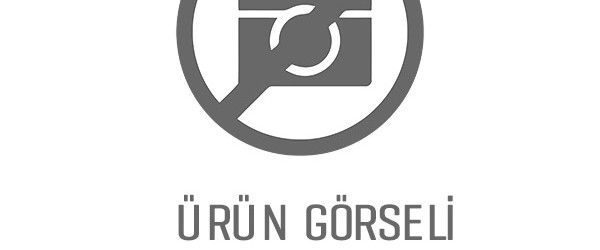
N95 Respiratory Mask, an American Standard prescribed by NIOSH of the Center for Disease Control (CDC) and authorized by the U.S. The Food and Drug Administration ( FDA) derives its name from the ability to remove 95% of airborne contaminants, toxins such as dust and smoke, bacteria and viruses. The filter capacity of 0.3 μm and higher is at least 95%. The N95 mask approved by the World Health Organization (WHO) for professional use is classified as FFP2 by the European Union and, when used correctly, reduces the transmission of infectious diseases to a significant level.
FFP2 masks with high filtration capacity and low air resistance that promote ventilation are preferred primarily by health workers in the high-risk group. With its form ideal for facial anatomy and its tissue to resist leakage, micro-particles in the air are embedded in mask layers and ionically bound to mask tissue. In fact, this design inhibits elevated rates of spreading of bacteria and virus-borne diseases.
FFP2 masks are often used in environments with high risk of infectious diseases, hospitals, the pharmaceutical industries, microbiology laboratories, manufacturing fields, conditions of elevated levels of exposure to dust and moisture and the construction industry.